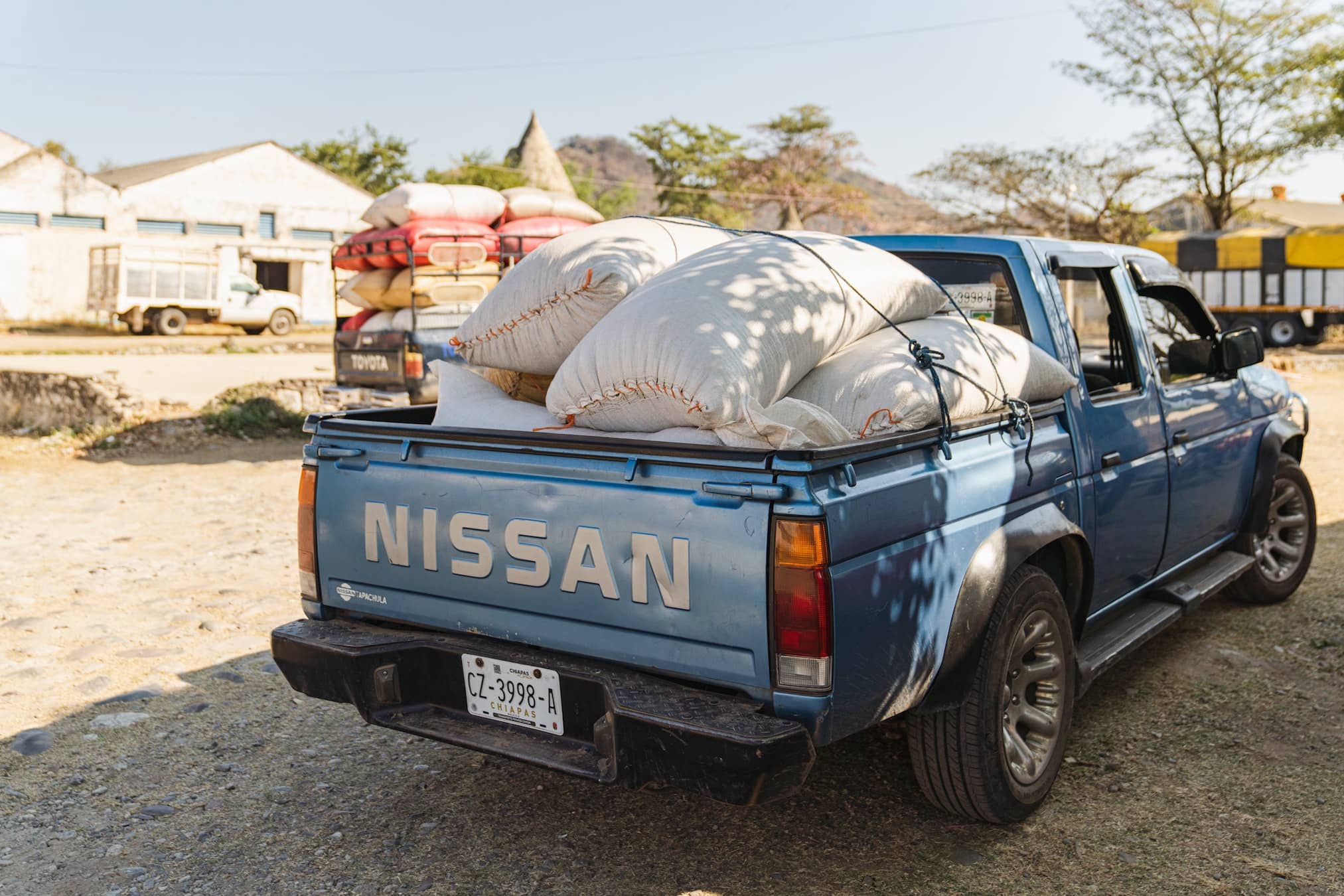How (most) coffee farmers around the world are receiving unlivable wages

Imagine working day and night, and still not being able to provide for your family. What if you worked a job, where you had to complete many challenging, labour-intensive tasks but got paid for 2 hours of work instead of 10 hours.
Or maybe you own a mug business, and it costs you $5 to make a mug but people bought those mugs for $3, and you constantly lost money?
How would you live? How would you provide food for your family? Send your kids to school?
This is the reality for coffee farmers around the world, who work year-round to provide coffee beans to coffee drinkers around the world. This isn’t meant to make you feel bad about your morning coffee, we want to take you behind the curtain and share with you how the majority of coffee farmers live.
Coffee farmers' often do not get paid above cost of good, it's an unfortunate truth. Coffee beans are bought way below the cost it takes coffee farmers to produce, harvest and processes the coffee. This leaves coffee farmers in perpetual debt and in a cycle of poverty.
There are many injustices within the coffee supply chain, in this article we touch on a few of those injustices that are not very well known.
Travelling coffee pickers
Coffee farmers hire coffee pickers to come and help pick the coffee during the harvest season. These pickers are often nomad travellers, trying to find work to survive. Many farmworkers will constantly travel between farms, following the coffee harvests. These workers travel both within their home countries and to other countries in search of work.

Farmers try and pay the pickers as best they can but often can’t pay them a decent wage due to coffee prices being so low. Many pickers are paid for how much coffee they pick, meaning that their working hours stop only after they have picked a certain volume. A picker can take home as little as $2-3 per day.
During the coffee harvest months, upwards of 40 to 60 coffee pickers and their families live in one-room warehouse-style buildings.
They often have little access to clean drinking water and waste removal, as well as blankets, mattresses and privacy. This is something we often don’t realize is a privilege in Canada. These living in these conditions often enable the spread of diseases throughout the families working on a farm.
Children on the coffee farm

Children working on farms is also an unfortunate commonality across many coffee-growing countries. Some countries revolve their school year calendar around the harvest season to ensure that children will be able to help their families in the fields. These children fulfill numerous roles on the farms, and some will migrate to other coffee farms in hopes of being hired as a picker to help make ends meet.
Stress from the lack of financial security and low wages causes an increasing number of families to pull their children out of school and have them enter the workforce. Decreases in coffee prices also prevent children from attending school, as families are forced to work longer hours to generate enough income to survive.
Reduced levels of education because children have to work further results in a cycle of poverty that can continue for generations, as children from poor families are more likely to work than attend school. In developing countries, success is still closely tied to how much money one has.

Legacy farming
Young people have been leaving their family farms for lives in the cities, as there is little financial security on coffee farms, and they are likely to have less strenuous labour.
This migration to the cities is detrimental to many generational coffee farmers, as they may not have anyone in their families to transfer ownership of the farm too. Older coffee farmers are then having to work well into their retirement years.
It is not uncommon for poorer families to work and live on a coffee farm for generations, either by choice or as a means to pay off debts.
Working conditions and hazards
Imagine working on the include of a mountain side all day, on repeat. Working on a coffee farm involves long hours of intense labour in potentially hazardous conditions.

The long exposure to sunlight can lead to various degrees of heat injuries, injuries from the labour itself and lack of education and proper techniques on how to perform the tasks in a safe manner throughout the coffee growing and harvest process are just some of the hazards these workers face every day.
Farmworkers often have to bring their equipment and use equipment that they may not have received proper training with. Depending on where the coffee is being grown, some of the equipment required is too expensive for the farmers and the pickers and other farmworkers have to find creative solutions that can be dangerous to themselves and others working around them.
Many coffee growing regions have very limited water resources, especially because they are in developing nations. Often farmworkers, pickers and their families have to clean themselves in nearby rivers.
Living and working conditions such as this are common form most farming situations in developing countries, however more strenuous within the coffee industry because coffee is predominantly grown in mountainous areas and creates steep and challenging working conditions.

